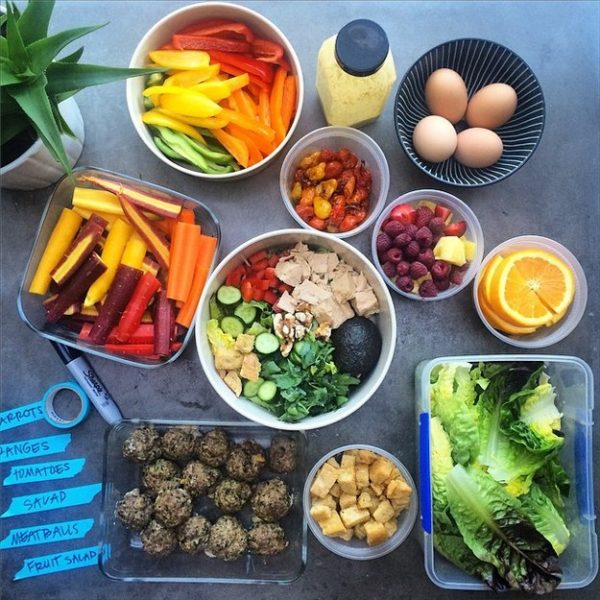**This is a synopsis of an article published in The Nutrition Source on Harvard University’s School of Public Health website.
We all know what it’s like to reach the end of a long day, only to face another decision: what should we have for dinner? Although, dinnertime can become something to look forward to, when you plan ahead.
Here are some ideas to help you plan your weekday meals and avoid the drive thru on your way home:
- Include the whole family, if possible. Sit down and discuss what foods and meals they’d like to eat throughout the week, so there’s something for everyone.
- Use a monthly calendar to write down your meal plan and create your shopping list.
- Choose the same day each week to make a shopping list and go to the grocery store.
- Schedule a few hours on a weekend day to do most of your cooking and prepping, so it’s ready for the coming week.
- Create a meal plan with themes, i.e., Soup & Salad Wednesdays, Taco Tuesdays, Stir-Fry Sundays.
It may be tedious at first, however, in the long run, meal planning will help you save money, time, reduce unnecessary stress and improve your overall wellbeing. If meal planning is a new endeavor, start with planning one or two nights a week and build from there.
The authors offer some tips to help ease the work of prepping:
- As you find favorite ‘prep-able’ meals, or your menus become more familiar and consistent, watch for sales and coupons to stock up on frequently used shelf-stable ingredients like pasta, rice, and other whole grains, lentils, beans (canned or dried), jarred sauces, healthy oils, and spices.
- On your meal prep day, focus first on foods that take the longest to cook: proteins like chicken and fish; whole grains like brown rice, quinoa, and farro; dried beans and legumes; and, roasted vegetables.
- Consider preparing staple foods that everyone in the family enjoys and which you can easily add to a weekday meal or grab for a snack: washed greens for a salad, hardboiled eggs, a bowl of chopped fruit, cooked beans.
- If you prefer not to pre-cook proteins, consider marinating poultry, fish, or even tofu on your prep day so that you can quickly pop them into the oven or stir-fry later in the week.
- Multi-task! While foods are baking or bubbling on the stovetop, chop vegetables and fresh fruit, or wash and dry salad greens for later in the week.
- When you cook a recipe, make extra portions for another day or two of meals, or to freeze for a different week. Be sure to date and label what goes in the freezer so you know what you have on hand.
- For lunches, get a head-start and use individual meal containers. Divide cooked food into the containers on prep day.
After you prepare, it’s important to track your meals by date to avoid spoiling. Some foods do well in the freezer, such as casseroles and meats. Foods with “high moisture content” are not recommended for freezing. If you need to freeze veggies, make sure to blanch them prior to freezing.
Here are appropriate temperatures and ‘use by’ guidelines for prepared foods:
Refrigeration at 40°F or lower
1-2 days: Cooked ground poultry or ground beef
3-4 days: Cooked whole meats, fish and poultry; soups and stews
5 days: Cooked beans; hummus
1 week: Hard boiled eggs; chopped vegetables if stored in air-tight container
2 weeks: Soft cheese, opened
5-6 weeks: Hard cheese, openedFreezing at 0°F or lower
2-3 months: Soups and stews; cooked beans
3-6 months: Cooked or ground meat and poultry
6-8 months: Berries and chopped fruit (banana, apples, pears, plums, mango) stored in a freezer bag
8-12 months: Vegetables, if blanched first for about 3-5 minutes (depending on the vegetable)
Read the full article here.
Comments are closed.



